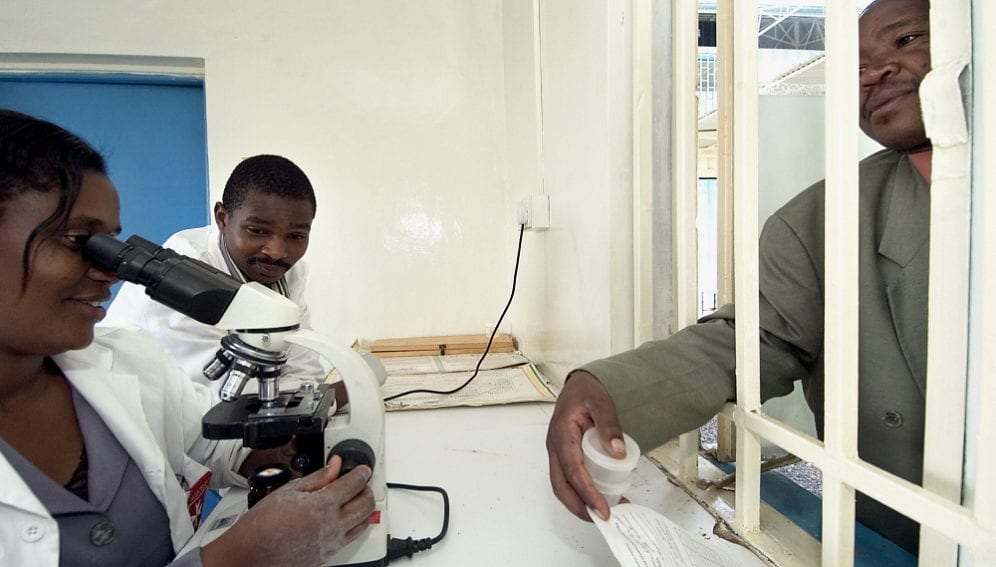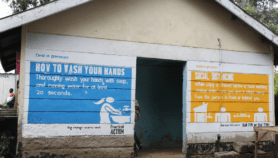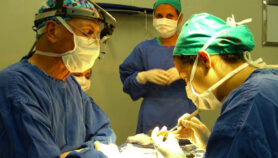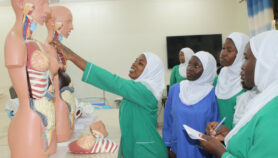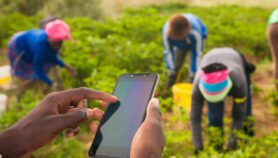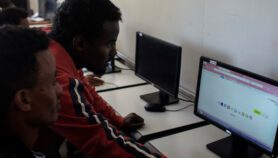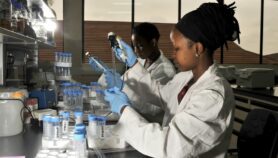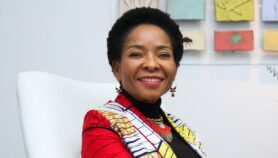By: Puneet Kollipara
Send to a friend
The details you provide on this page will not be used to send unsolicited email, and will not be sold to a 3rd party. See privacy policy.
Most research in Sub-Saharan Africa (SSA) is produced alongside scientists from outside the region, with collaborations within Africa sorely lacking, says a report, which also found that the region’s research capacity is too small to keep up with development ambitions.
For example, 70 per cent of research in east Africa and 79 per cent in southern Africa was produced through non-SSA collaboration in 2012, said the report, issued by the World Bank and academic publisher Elsevier at a forum last month (30 September) in Washington DC, United States.
Its authors and other experts said that collaborating with researchers outside the continent promotes knowledge and equipment sharing, thereby yielding higher-quality research than without such cooperation.
But they argued that SSA researchers’ reliance on international collaboration highlights a lack of capacity in science, technology, engineering and mathematics (STEM) that impedes them from collaborating with each other.
“As Africa raises its scientific profile international researchers will be reaching to Africa for collaborations.”
Marilyn Pifer, CRDF Global
“That means very little knowledge sharing [within the continent], which I think is a missed opportunity,” says Andreas Blom, a report coauthor and World Bank economist.
Study authors and World Bank officials at the forum emphasised the need to boost STEM research capacity and training in Africa, by, for example, boosting funding and better links with industry, citing the development benefits. SSA research comprises less than one per cent of the global share, the report found.
Many SSA researchers often need to look abroad to collaborate because they lack the necessary equipment and facilities, said Marilyn Pifer, director of capacity-building programmes at CRDF Global, a US-based non-profit that promotes international scientific collaboration.
SSA universities need more funding — most of which should come from host national governments — to hire faculty and upgrade facilities, she said.
“Investing isn’t a guarantee of progress, but not investing is a guarantee of no progress,” she told SciDev.Net.
So-called centres of excellence — specialised regional research institutions — are another way to build collaborations and STEM capacity within Africa, Dorothy Nyambi, executive vice-president at the African Institute for Mathematical Sciences’ (AIMS) Next Einstein Initiative, told SciDev.Net.
AIMS already has five centres throughout Africa, she said. At these centres, Nyambi said, students and faculty members from across Africa can forge partnerships with other students and researchers on the continent.
In April, the World Bank approved US$150 million to finance 19 other centres in seven countries in West and Central Africa.
The report and experts also suggested research institutions should work with companies, which could invest in collaborative research. And they suggested more funding and policy incentives to get researchers to collaborate within Africa and to encourage African scientists who have gone abroad to return.
Pifer warned that increasing collaborations within Africa must avoid coming at the expense of international collaboration.
“As Africa raises its scientific profile … the more that Western and other international researchers will be reaching to Africa for collaborations,” she said.
> Link to World Bank report


